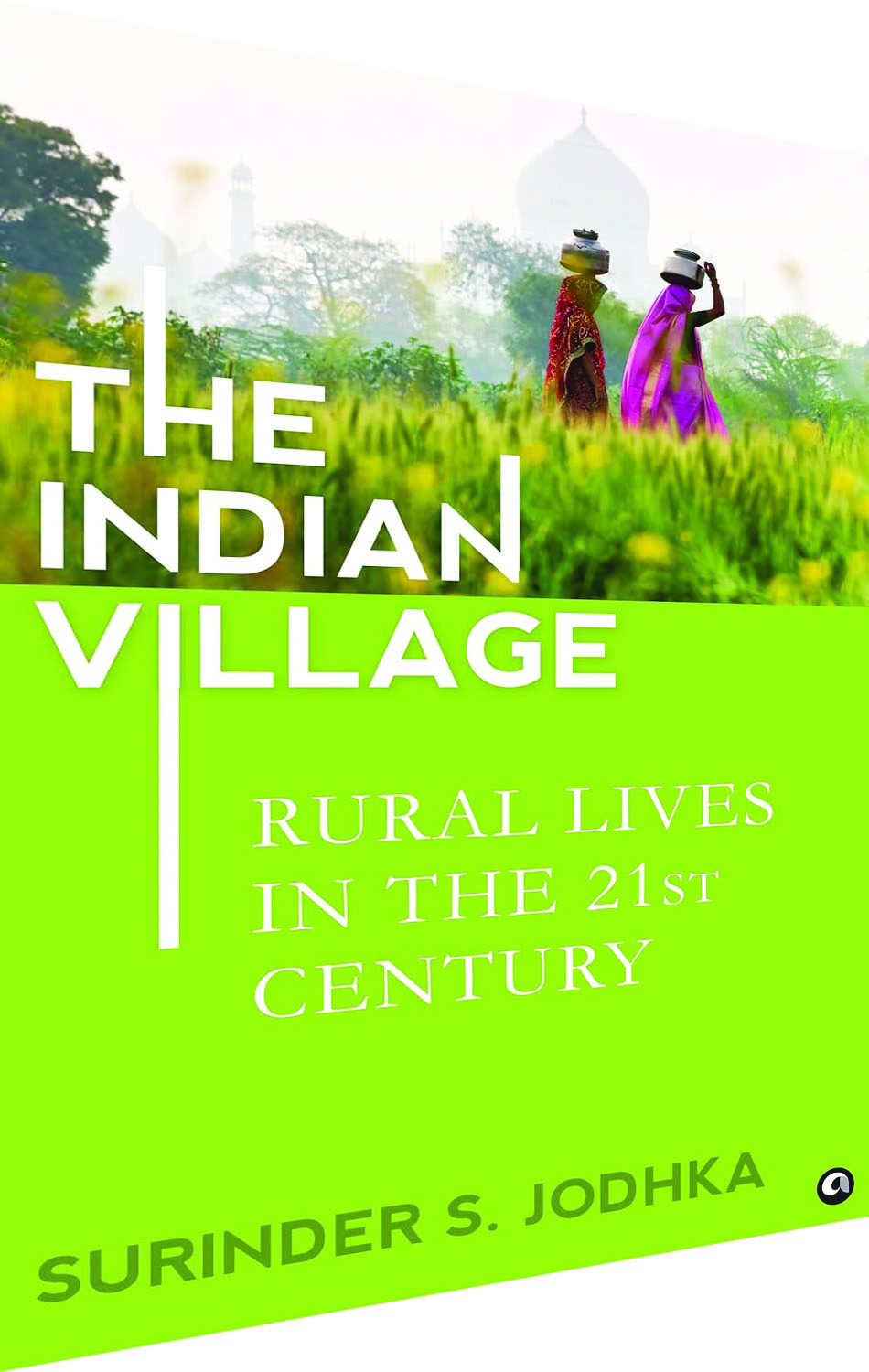 The Indian village: Rural lives in the 21st century
The Indian village: Rural lives in the 21st century
Surinder S. Jodhka
Aleph Book Company
Rs.799
Pages 279
This book details the relationship between land reforms, green revolution, rising agricultural production and the emergence of marginalised people
India’s 600,000 villages represent a vast terrain, full of diversity in natural settings, social structure, cultural life, economic conditions, and many other aspects of life.
On the one hand, there are villages that have all types of modern equipment for agricultural work and connectivity with the rest of the world. On the other there are villages in tribal areas, where peasants still follow old patterns of agriculture, and are unable to produce sufficient food to fulfill the needs of their families.
Apart from an introduction and conclusion, the book contains nine chapters, which cover diverse issues such as the village as a site of deficit; its imagination as a basic and static unit of the nation, and ethnographic descriptions of village life. It also presents analyses of the changing nature of state policies, agriculture and non-farm economy, class, caste and gender, and new democratic spaces and voices emerging in rural India.
The author accepts that “rural realities are not singular processes, they have been historically diverse and their trajectories of change are different across regions.” And, one of the key running themes of the book is that the popular view of social life in ‘rural’ and ‘urban’ settings as binaries of each other is completely flawed. It is “not only empirically unsustainable, it also produces a hierarchy among the two: the rural as being traditional and backward, and the urban as modern and evolved.”
The Indian Village critically evaluates the colonial construction of rural India as a land of village republics. It is a radical claim made by the author that not only Karl Marx but icons like Gandhi, Tagore, and Nehru were also influenced by this construction of Indian villages. Gandhi based his idea of swaraj on the concept of ideal Indian villages, while Nehru and Ambedkar strongly criticised socio-economic conditions in village India.
While Nehru considered the Indian village a space of class inequalities and exploitation, Ambedkar vehemently criticised it for caste-based inequalities, oppression, exclusion, and exploitation. The author underlines that these thinkers were unhappy with the existing conditions of villages and presented their solutions to overcome the deficiencies of rural life.
Indeed the changes in the political life of the country can be best understood through the changes in the socio-economic life of rural India. The book details the relationship between the impact of land reform, Green Revolution, enhancement of agricultural production, and emergence of marginalised people in India’s political landscape.
Choubey underscores that out-migration increased in several rural areas, resulting in the dependence of many rural families on the non-farm economy. New technologies also created new opportunities for people living in rural India who established connection with people in urban areas. It also improved the lifestyle of many families, who were earlier marginalised in the village due to their caste and economic status. It is also true that in most villages, the masses have knowledge about new technologies such as cell phones, television, and the internet, and the gap between urban and rural India has reduced drastically.
Since many families of dominant castes also out-migrated to urban areas, it changed the power structure in villages. The implementation of the Panchayati Raj has also changed the power configuration in most villages. The author underlines the importance of the 73rd Amendment, which gave constitutional status to Panchayati Raj and ensured proper representation of Scheduled Castes (SCs), Scheduled Tribes (STs), and women. Though there have been many limitations to implementation of the Panchayati system, it has undoubtedly given voice and representation to the marginalised sections in rural India, including women.
Indeed, the author underscores changed gender relationships in the hinterland. Political reservations for women under Panchayati Raj has introduced important changes. However, it has also prompted ‘housewife-ization’ of women and their withdrawal from work outside the house. But then again, the author also accepts that there are instances where the role of women in agricultural work has increased in the marginalised castes.
Nevertheless the author has overlooked some crucial aspects: first, the book has completely neglected the condition of tribal populations, confronted with diverse problems, including the continuous struggle between Maoists and state authorities in many forest areas. In addition, they are facing different challenges from corporate houses, the forest department and others.
Secondly, the book only briefly mentions the famous farmers’ movement of 2020 and describes it a movement by “cosmopolitan kisans”, (perhaps because of the support it gathered from national and international organisations). There should have been a more detailed discussion of this struggle because it represents the collective power of farmers to push back the Indian state’s attempts to enact laws to create a more conducive environment for corporate houses. Third, the author has limited himself to citing writing published only in English. He should have also referred to crucial books in Indian languages on issues related to village life in India.
Nonetheless, there is no doubt this book will prove useful for researchers and lay readers with interest in the various developments in the rural landscape. The author eloquently summarises the existing scholarship on various aspects of village life, and insightfully presents his critiques and analyses.
Kamal Nayan Choubey
(The Book Review)























